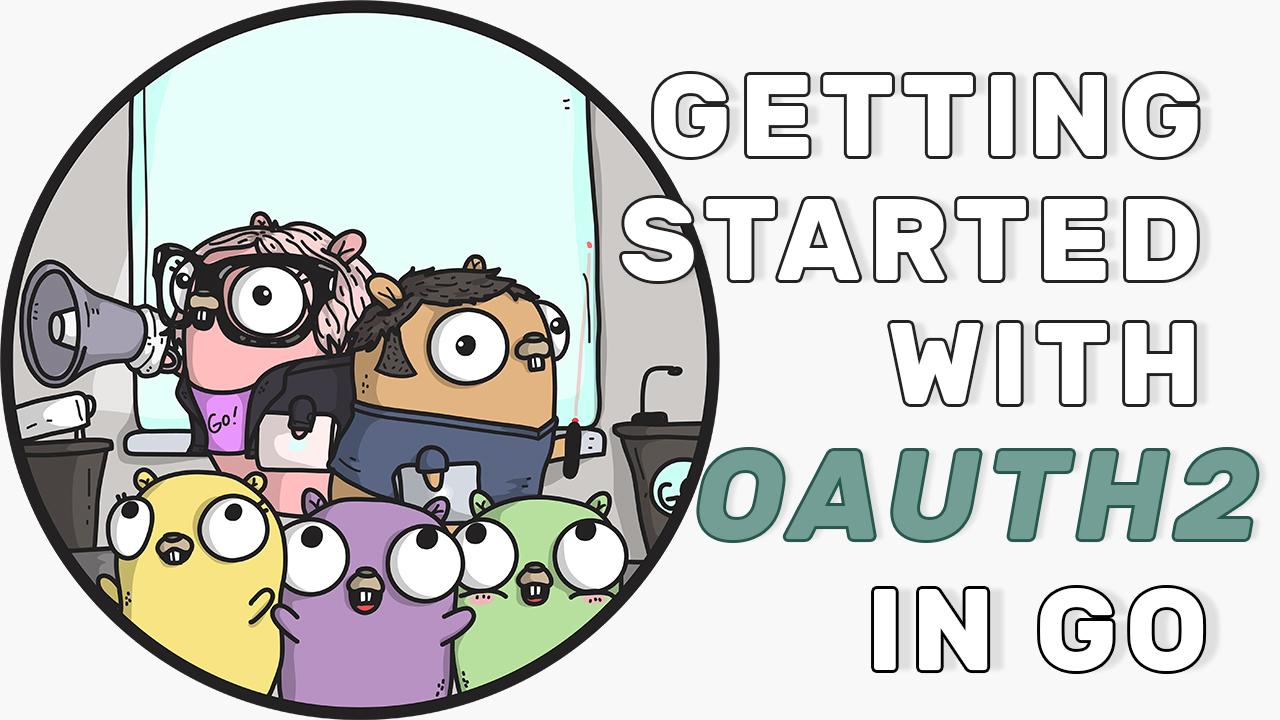Getting Started with OAuth2 in Go

This is a text version of this video: packagemain #11: Getting started with OAuth2 in Go.
Getting started with OAuth2 in Go
Authentication usually is very important part in any application. You can always implement your own authentication system, but it will require a lot of work, registration, forgot password form, etc. That’s why OAuth2 was created, to allow user to log in using one of the many accounts user already has.
In this video we’ll create a simple web page with Google login using oauth2 Go package.
Google Project, OAuth2 keys
First of all, let’s create our Google OAuth2 keys.
- Go to Google Cloud Platform
- Create new project or use an existing one
- Go to Credentials
- Click “Create credentials”
- Choose “OAuth client ID”
- Add authorized redirect URL, in our case it will be
localhost:8080/callback - Get client id and client secret
- Save it in a safe place
How OAuth2 works with Google
- Obtain OAuth 2.0 credentials from the Google API Console.
- Obtain an access token from the Google Authorization Server.
- Send the access token to an API.
- Refresh the access token, if necessary.
Structure
We’ll do everything in 1 main.go file, and register 3 URL handlers:
- /
- /login
- /callback
Initial handlers and OAuth2 config
|
|
We save google client id and secret in env variables and only use os.Getenv in the code.
|
|
/
Now let’s render an HTML on index page
|
|
/login
We send random state string. In our cause it’s not random.
|
|
/callback
- check state
- use
codeto get token - use token to get user info
|
|
Test it
|
|
Conclusion
That’s all what we need to do to integrate OAath2 with Google in Go. As you can see, it’s only 70 lines of code.
Also, there is a nice package https://github.com/markbates/goth from Mark Bates which provides multi-provider authentications.
